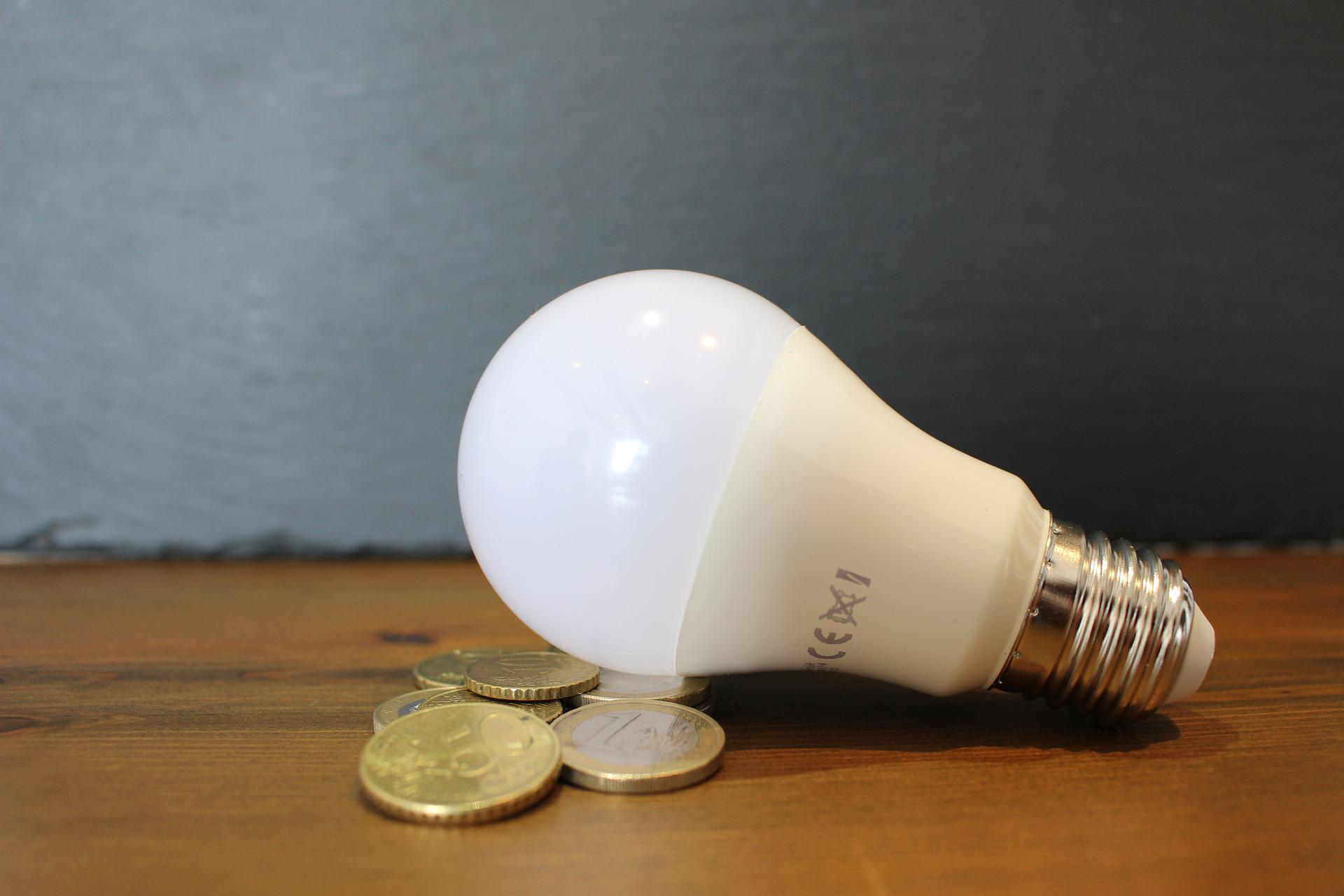Since April of this year, the pricing scheme for renewables has changed (from FIT to FIP), encouraging operators to be more proactive in terms of introducing energy storage and facility optimization tools. The tariff shift could also have an impact on the electricity spot market.
As Japan increases its reliance on variable renewable sources such as solar and wind, there is a growing need to manage power supply based on shorter time increments. This means, the purchase instruments for electricity need to adjust also, allowing power to be acquired in smaller, more precise time slots.
A platform for such trading already exists for more than a decade. The intraday market was created in 2009, four years after the setting up of day-ahead (spot) and futures electricity trading on the Japan Electric Power Exchange (JEPX). This intraday market was introduced to give both generators and retailers a last-minute opportunity to balance their demand and supply, and thus avoid penalties for failing to do so.
This is still mainly how it is viewed by market participants, and it is very much a smaller cousin to the main day-ahead wholesale electricity market. However, new entrants to the Japan electricity sector see possible arbitrage opportunities between the two platforms, and also with the soon-to-be introduced additional balancing markets.

